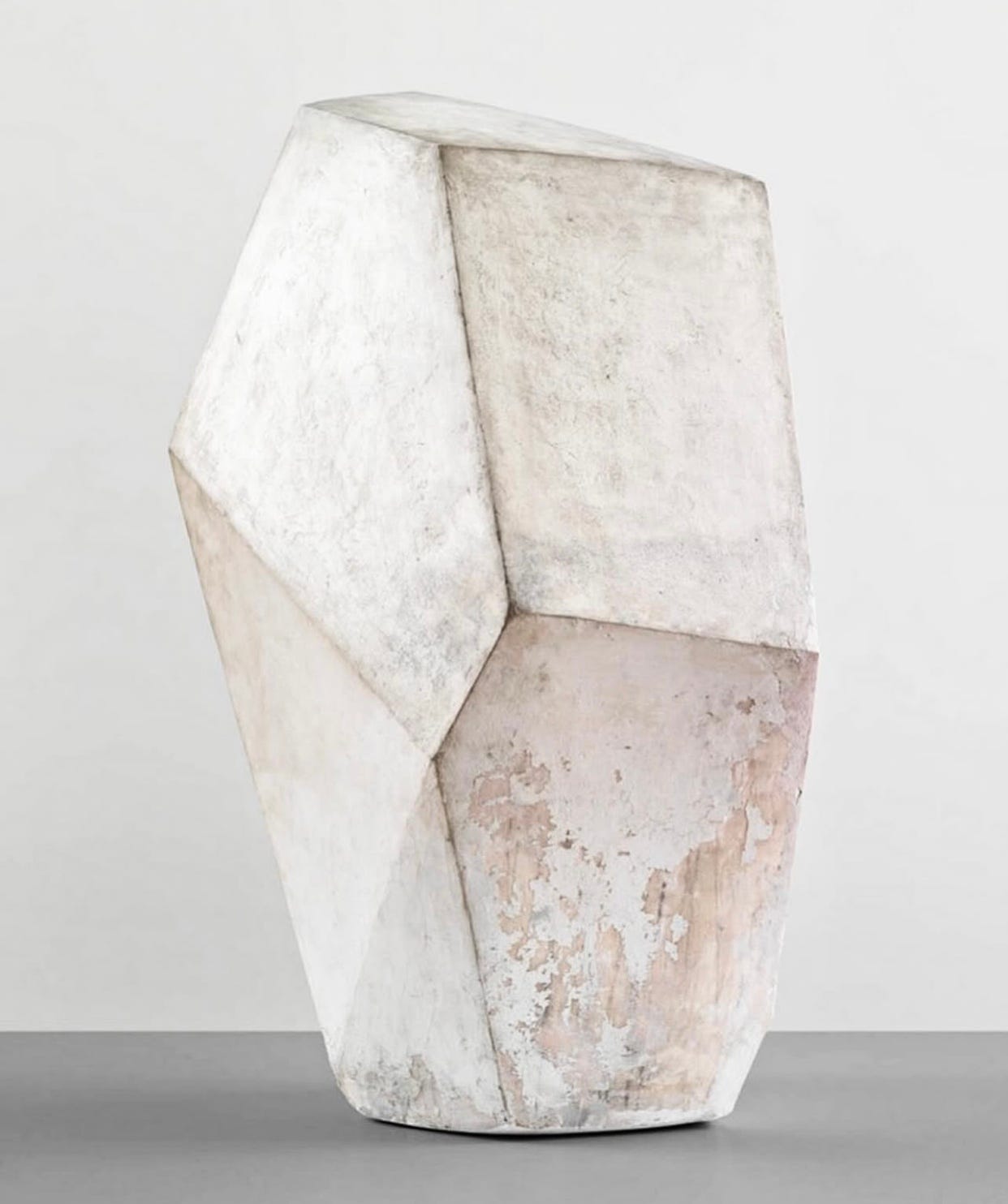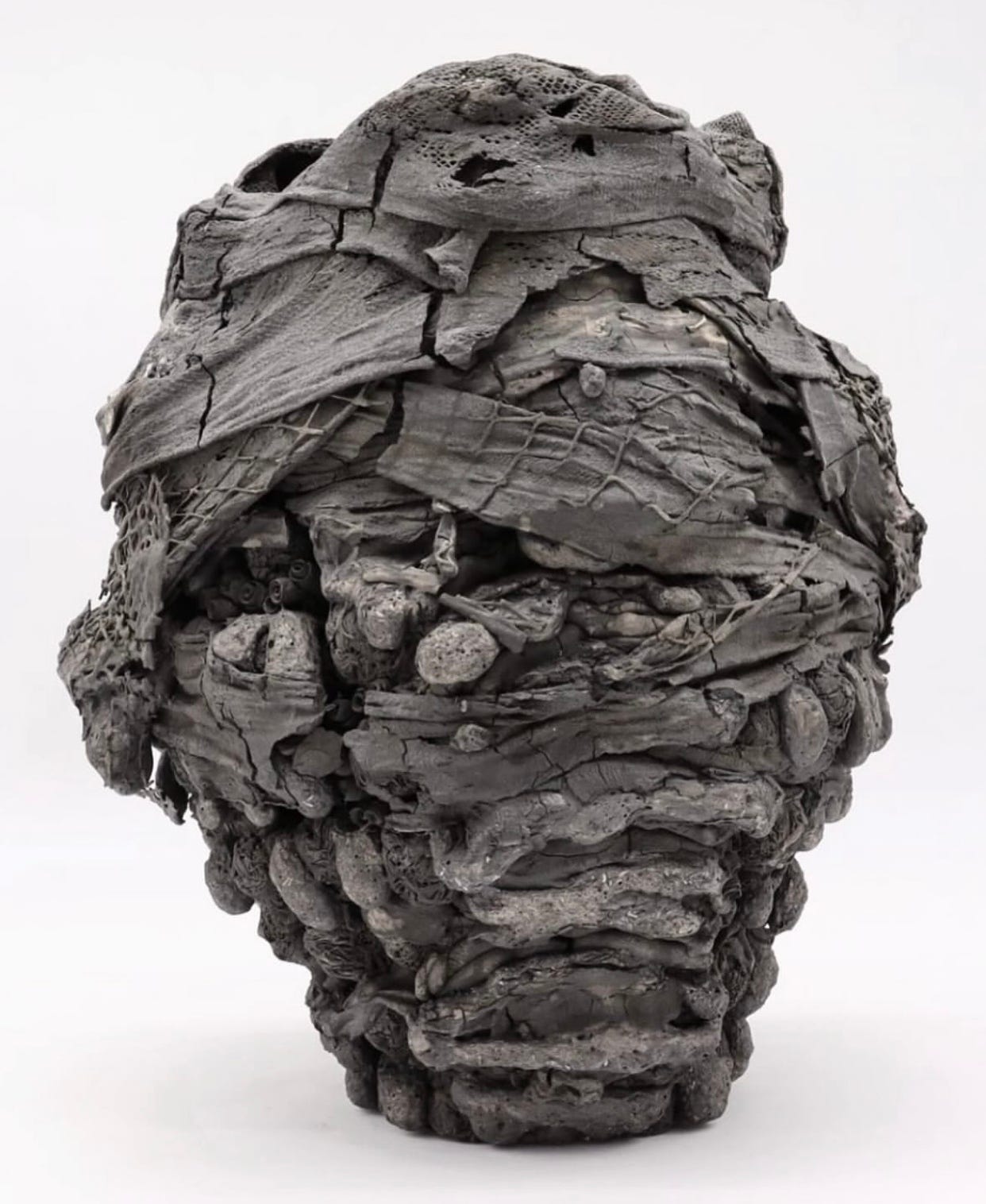Sophie Gunnol has posted over 6000 pictures of artworks on Instagram. (at)sophiegunnol
All the work is unusual, distinctive, but alike in some definite way. The art she chooses has all the trappings of a “style” or an aesthetic. It’s monotone, blocky, uniform, simplified, and sometimes/often feels massive. The works have an elemental quality to them, like the artist is stripping reality down to basics. And a kind of roughness, not necessarily in the materials or textures but in the handling and conceptualization. They’re not rough as in aggressive, but nobody’s cuddling up with this work either.
The work usually appears in an installation setting, a single work in an austere white room. There’s a definite aesthetic at work here. Gunnol has an eye, as they say, and it’s unfailing.
I can’t find any writing anywhere by or about Gunnol. The artists she ‘shows’ on Instagram, Tumblr, Pinterest and Facebook, by their names alone, appear to come from all over the world. Maybe this is what has become of the art world now: post-critical, post-theory, post-museum.
I’m not going to try to analyze Gunnol’s aesthetic. Below is a random sampling of about 20 works she’s posted, with a few of my thoughts interspersed. I’ll list the artist’s names, but if you want to pursue it, check out her Insta. Artists’ names always appear with their works, usually with Insta handles.

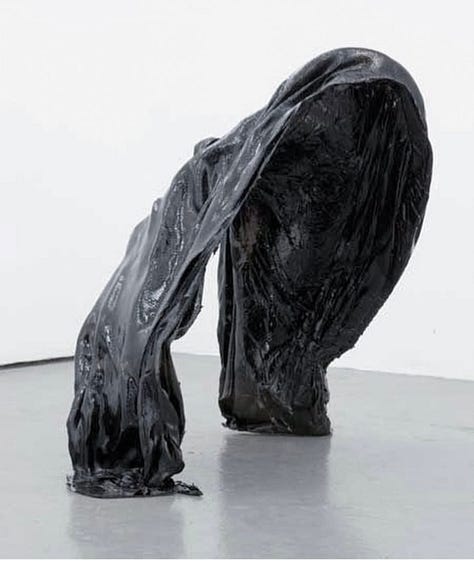
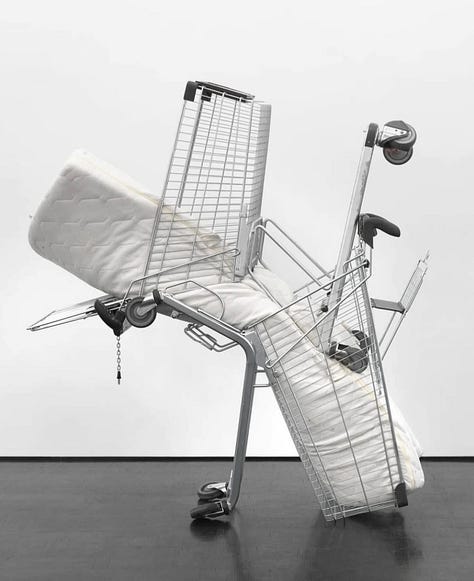
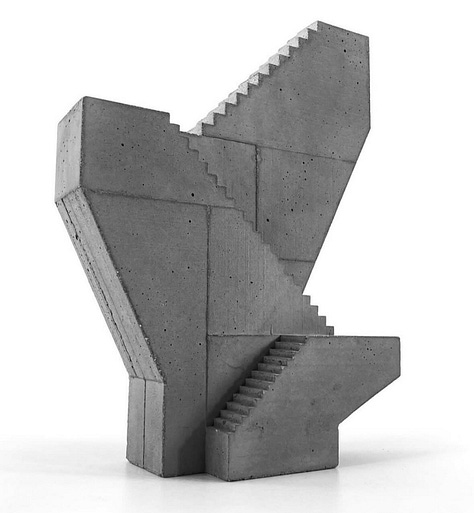

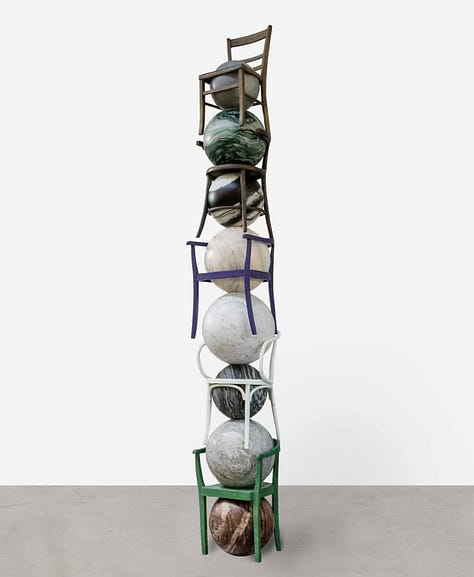
There’s nothing spectacular, hyperreal, surreal or particularly conceptual at work here. There’s no cleverness. No didactic lessons are being taught. It’s mostly about materials and form.

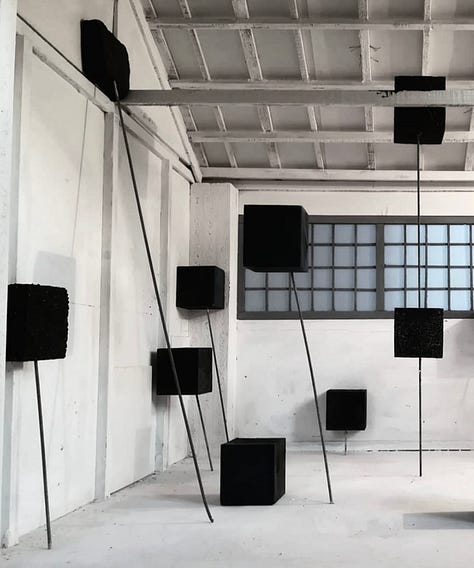

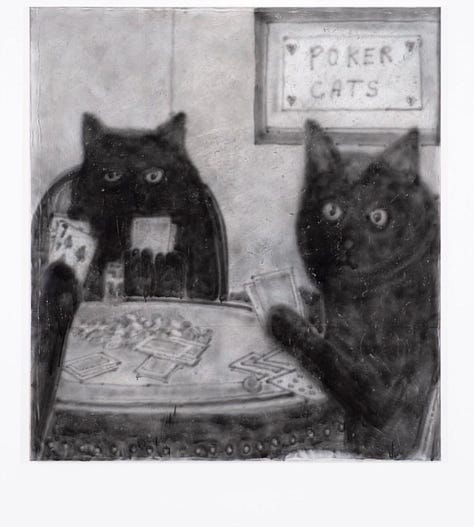
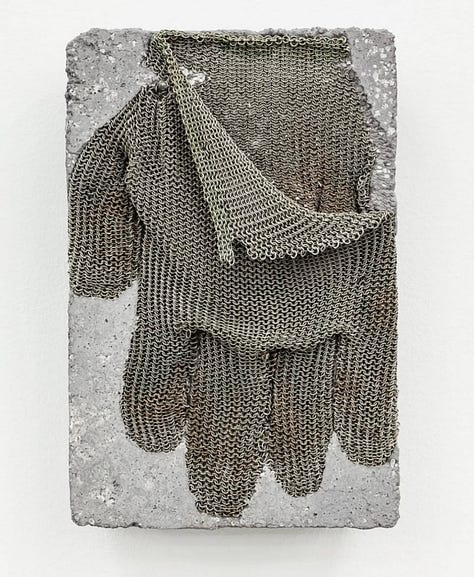

I find myself wanting to place the work into a historical context. I was surprised to come across this Brancusi sculpture below on Gunnol’s Insta, which helped a lot. Brancusi would be considered an early modernist. Born a Romanian peasant, he moved to Paris, showing dramatically modern work in 1913 at both the Salon des Independents in Paris and then at the Armory Show in New York. And the rest is, as they say, history. Check out what Wikipedia has to say about him here.
I want to call the Gunnol aesthetic something. It’s so distinctive.
Neo Brutalism comes to mind. But that term, I found out when I looked it up just now, is taken; it refers to a movement about a decade ago to make clunky-looking websites, lots of things in boxes with black outlines and solid fill colours.
Neo Constructivism comes to mind, but that term is also “taken,” having been appropriated by various scientific disciplines to refer to new theories of how things are put together (constructed).
Here are a few historical artworks from the original Constructivist art period, just so you can see the parallel.
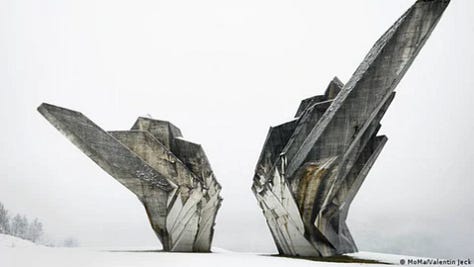

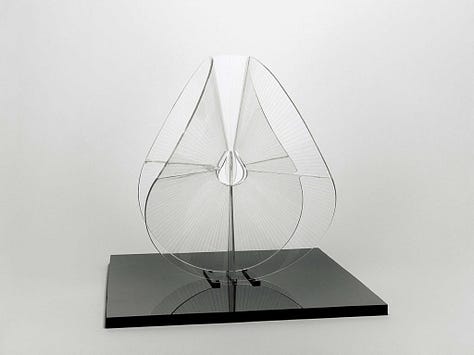
Minimalism comes to mind. And also art povera. The Tate has terrific definitions of these movements, with examples here and here.
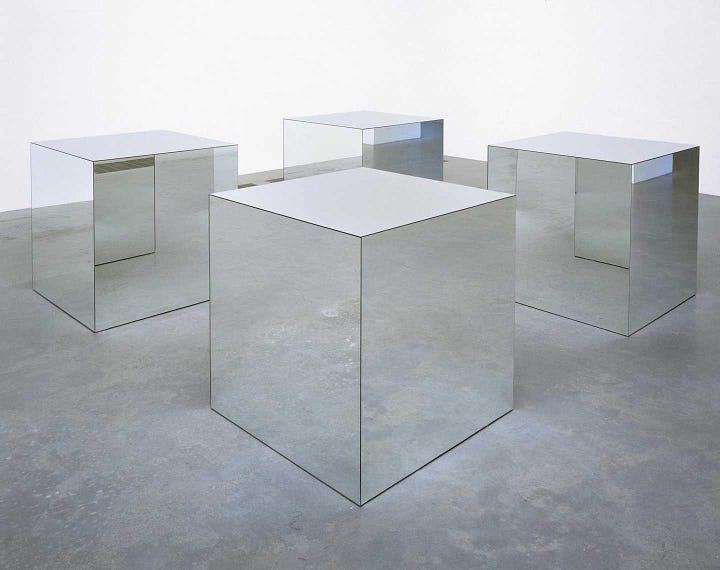
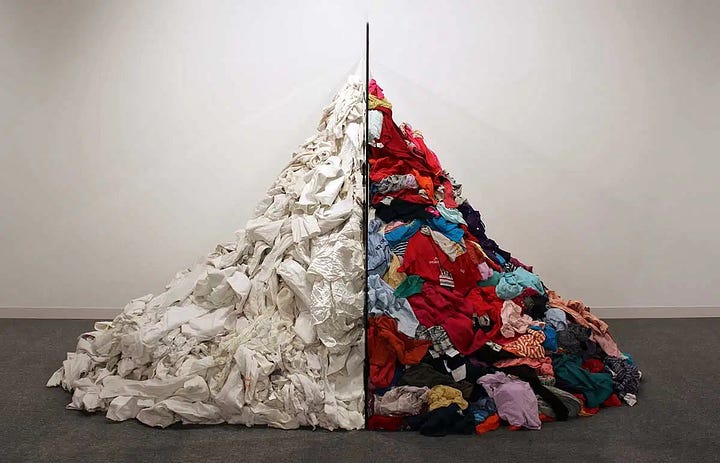
No one work jumps out at me as being the penultimate example of Gunnol’s aesthetic. Anything she has chosen will do. And maybe that is part of the point too, a kind of anonymity, lack of expression or personality, nihilism even. One thinks of Beckett. (I drew a portrait of Beckett once upon a time. I wonder where it is.)
My purpose in showing Gunnol’s curatorial work here is to elaborate on what an aesthetic is as part of my series On Conservative Aesthetics.
It is very difficult to discuss conservatism in terms of aesthetics because, as I noted in my last post, Cowboys and Conservatives, conservatism has historically. been considered “lacking in the artistic.” It is almost a badge of honour among conservatives to be brutish, tough, and insensitive; anything but arty.
However, I believe it is important to try to understand aesthetics, and conservative aesthetics in particular, because politics today is completely suffused with aesthetics. It is unavoidably everywhere. There is virtually no way of discussing public policy rationally. Perhaps by approaching things from the aesthetic angle, we might find a way to critically save America from itself.
Too ambitious? Delusional?
Is the art in the Gunnol oeuvre conservative? It might be. It’s definitely not the kind of trite, pedantic, folksy, multicultural finger wagging we are being force fed by the museums these days. But its too sombre to be populist or popular. It has something of the negative dialectic about it, like Malevich’s black square. But I promised not to get into analyzing.
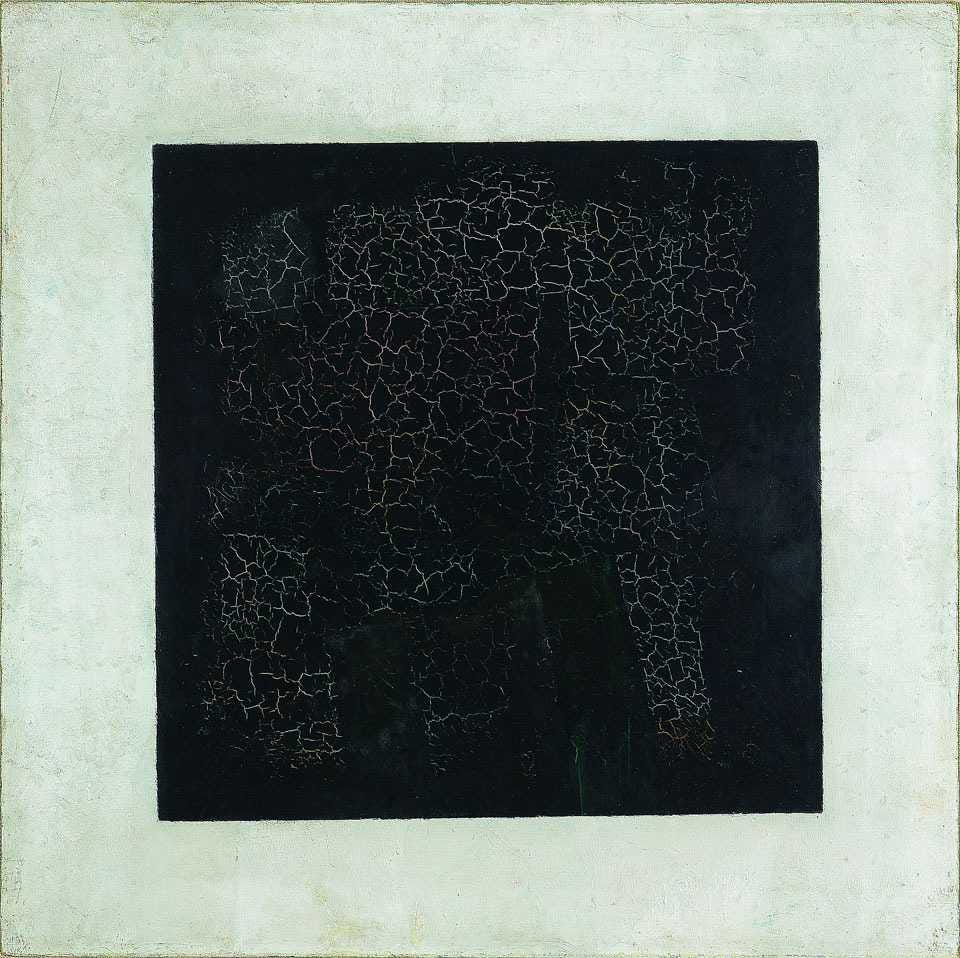
Do we need to ask ourselves what on earth Donald Trump wants with the Kennedy Center in Washington, D.C., having “fired” the board and installed himself as Chair?
And also, must we watch the movie The Brutalist, all 3 1/2 hours of it?



